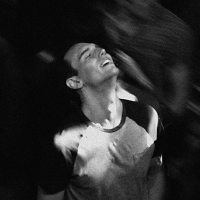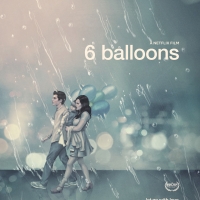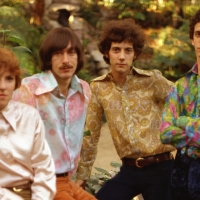Summarizing arthouse director Bertrand Bonello’s latest film The Beast into a confined space feels like a daunting, if not near impossible, task. Spanning more than 100 years, rich with symbolism and thematic layers, The Beast is a challenging though undoubtedly magnetic force of cinema worth revisiting multiple times.
Based on a 1903 existential short story by Henry James, The Beast is a haunting fairy tale about the anxieties we carry about our future as well as the wounds we suffer from our past. Encompassing three timelines during differing periods, the film ventures to a dystopian future set in 2044 where humans are being replaced by AI in the workforce. Reluctantly agreeing to undergo a procedure to ‘purify’ her DNA and rid her of her inherent emotions and traumas, Gabrielle (played by an enrapturing Léa Seydoux) transports herself to her past lives in the year 1910 (during the Great Flood of Paris) and 2014 (during the California Isla Vista massacre), vastly different environments to her current one, yet all coalescing with similar themes of love, fear and destruction. Upon a chance meeting with a stranger by the name of Louis (George MacKay) prior to her DNA purification, he also appears as a potential love interest in her dream-like states of alternate reality.
In her 1910 timeline, Gabrielle is wed to a respectable man, yet remains a marriage void of love and tender emotions. She responds tepidly towards Louis despite a clear emotional draw towards him. Motifs of hands and psychics come into play, either depicting warmth and fondness through subtle touch, or as a warning to take heed that something terrible is about to occur. As Gabrielle journeys through her timelines, she becomes more vulnerable and open, while Louis turns deeply sinister. In her 2014 timeline, Louis portrays nothing short of a bitter and murderous Elliot Rodger’s character, his contempt for women and their unfair treatment of him turning him psychotic. After a chance meeting, Gabrielle still invites him into the luxurious mansion she’s housesitting while in Los Angeles, a clear desire to connect amidst her profound loneliness in the city. Eliciting a horror in the veins of David Lynch’s Muholland Drive or Lost Highway, Bonello creates an eerie and anticipatory tension, the fear that something monstrous yet unnamed is about to happen.
Bonello’s ‘beast’ in the film is not a physical menacing creature at all, but rather a looming symbolic monster that poses the question of what the world would be like should humanity prefer to rid themselves of any subjective hurt or fear when that would also entail ridding themselves of any chance of happiness or the journey of falling in love. When it comes to a romantic connection with another individual, we can choose to get stuck in past or future apprehensions, letting our uncertainty get the better of us. Yet Bonello encourages us to remember that the choice of experiencing love always remains in the here and now, and why not give a chance at love an unabashed and enthusiastic yes.
You can experience The Beast at Austin Film Society with screenings taking place today through Thursday, May 9th. Purchase tickets here.





